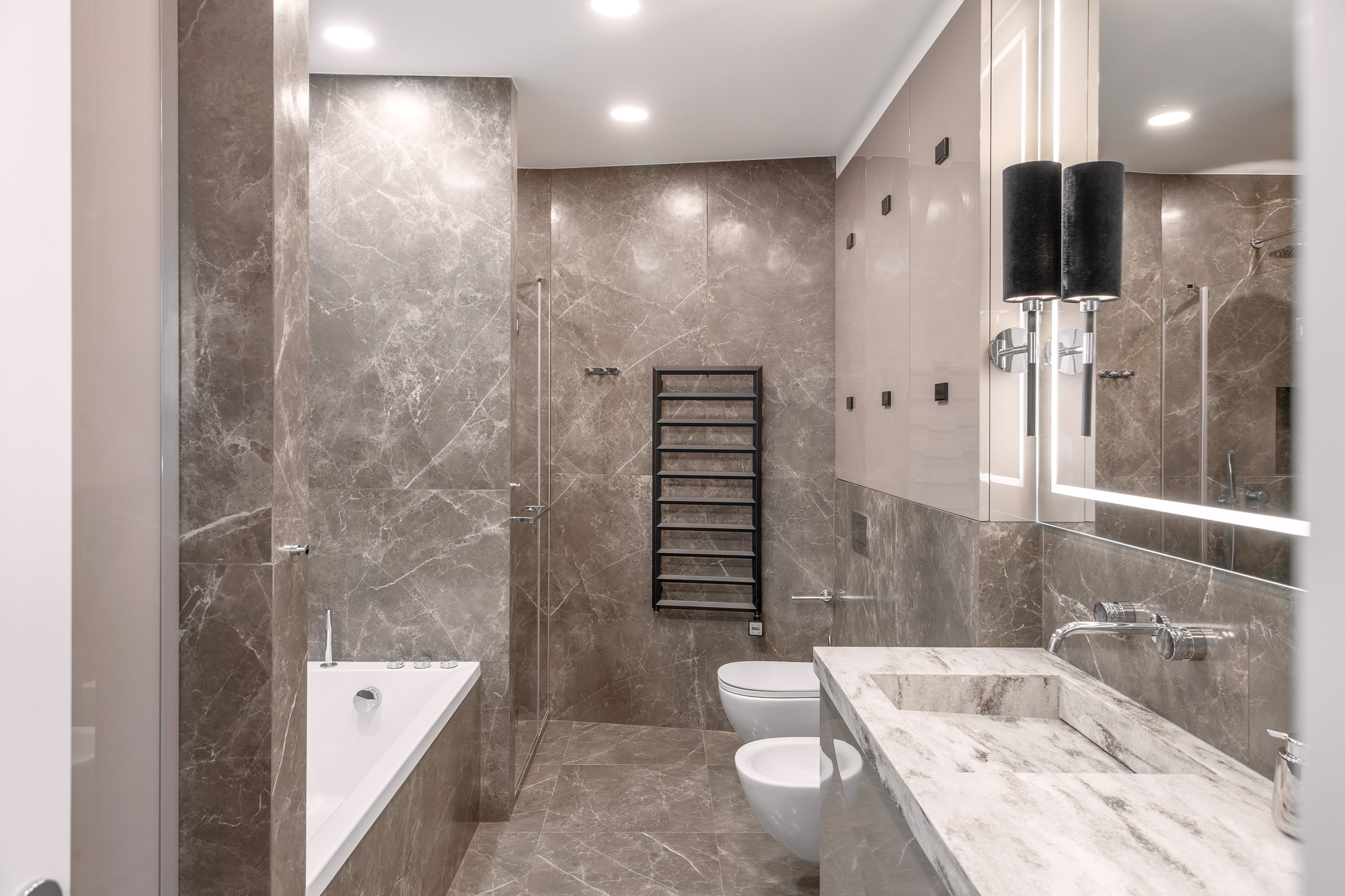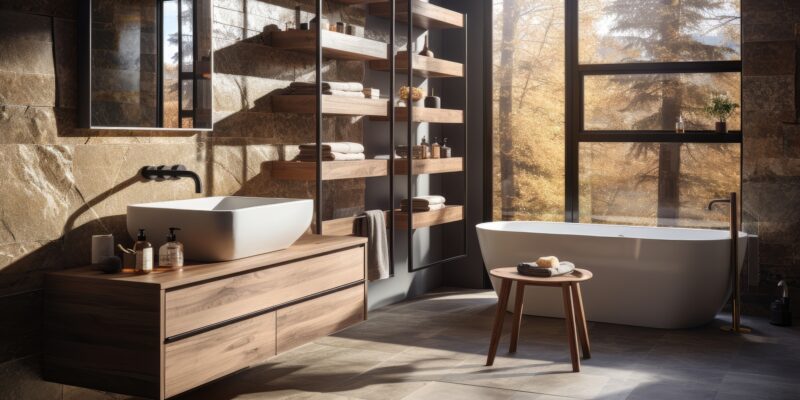When it comes to elevating the aesthetics of your bathroom, nothing quite compares to the timeless beauty and durability of natural stone. Natural stone adds a touch of elegance, sophistication, and a connection to the Earth that’s hard to achieve with other materials. If you’re considering using natural stone for your bathroom, this guide will help you make an informed decision. Let’s explore the key factors to consider when choosing the perfect natural stone for bathrooms.
1. Identifying Your Bathroom’s Needs
Before you start looking for the material to use, it’s crucial to assess your bathroom’s needs. Natural stone comes in various types and finishes, each with its unique characteristics. Consider the following aspects to determine the most suitable natural stone for your bathroom:
a. Location
Think about where you plan to use the natural stone in your bathroom. Will it be on the floor, walls, shower, or countertops? Different areas have varying requirements for durability, resistance to moisture, and maintenance. Look for reliable natural stone Australia online for a diverse range of options to meet these specific needs.
b. Style and Aesthetic
What’s the overall style of your bathroom? Are you aiming for a sleek, contemporary look or a rustic and traditional feel? The choice of natural stone can significantly impact the bathroom’s aesthetic.
c. Budget
Determine how much you’re willing to invest in your bathroom renovation project. Natural stone can range in price, so having a budget in mind will help you narrow down your options.
2. The Wide Range of Natural Stone Options

There’s an array of stunning natural stone options, each with its unique characteristics. Here are some of the most popular choices for bathroom applications:
a. Marble
Marble is renowned for its classic beauty and luxurious appearance. It comes in various colors and patterns, making it suitable for both traditional and contemporary bathrooms. However, marble is porous and may require more maintenance.
b. Granite
Granite is prized for its durability and resistance to stains and scratches. It’s a practical choice for bathroom countertops and floors. With a variety of colors and textures, granite can complement various bathroom styles.
c. Slate
Slate offers a natural, earthy look with its rich, deep colors and textured surface. It’s a great option for bathroom floors, as it provides slip resistance. Slate is known for its low maintenance and longevity.
d. Limestone
Limestone exudes a warm and inviting ambiance. It’s an excellent choice for bathroom tiles, walls, and countertops. However, it’s more susceptible to staining and requires proper sealing.
e. Travertine
Travertine is a type of limestone characterized by its unique, pitted surface and earthy tones. It’s commonly used for bathroom walls and floors. Keep in mind that travertine may require more frequent sealing to maintain its appearance.
3. Consider Maintenance Requirements
The level of upkeep you’re willing to commit to your bathroom’s natural stone surfaces is a significant factor in your decision-making process. Some stones require regular sealing to prevent stains and moisture damage, while others are more forgiving. Here’s a brief overview of maintenance considerations for each type:
a. Low Maintenance
- Granite: Highly resistant to staining and scratches.
- Slate: Requires minimal upkeep and is naturally slip-resistant.
b. Moderate Maintenance
- Marble: Regular sealing is essential to maintain its appearance.
- Limestone: Prone to staining and requires proper sealing.
c. Higher Maintenance
- Travertine: Requires frequent sealing to prevent stains and moisture damage.
4. Match the Stone to Your Bathroom’s Style
To create a harmonious and visually appealing bathroom, choose a natural stone that complements your desired style:
a. Contemporary Bathrooms
- Granite: Sleek and modern, available in various shades to suit your color scheme.
b. Traditional Bathrooms
- Marble: Classic and elegant, with a timeless charm.
- Limestone: Warm and inviting, with a rustic touch.
c. Rustic or Natural Bathrooms
- Slate: Earthy and textured, perfect for a natural look.
5. Durability and Water Resistance
Bathrooms are prone to moisture and humidity, so it’s vital to select a natural stone that can withstand these conditions. Here’s how each stone fares in terms of durability and water resistance:
a. High Durability and Water Resistance
- Granite: Resistant to moisture, staining, and scratching.
- Slate: Naturally slip-resistant and well-suited for bathroom floors.
b. Moderate Durability and Water Resistance
- Marble: Requires sealing but can withstand bathroom conditions.
c. Requires Regular Maintenance
- Limestone: Prone to staining and moisture damage, so it needs proper care.
6. Color and Veining Patterns
The color and veining patterns of natural stone can dramatically impact the ambiance of your bathroom. Consider the following factors when making your choice:
a. Color Palette
- Granite: Available in various colors, from blacks and grays to pinks and greens.
- Marble: Offers a wide range of colors with distinctive veining patterns.
b. Veining Patterns
- Marble: Known for its unique and dramatic veining patterns.
- Slate: Features natural variations and textures.
7. Budget Considerations
Finally, assess your budget and explore materials that align with your financial plan. Remember that although some stones may be more expensive initially, their durability and minimal upkeep needs can ultimately save you money in the long term.
Takeaway
Selecting the perfect natural stone for your bathroom involves careful consideration of your bathroom’s specific needs, style, maintenance preferences, and budget. Make your selection wisely, and your bathroom will be a testament to the enduring allure of natural stone for years to come.














Comments